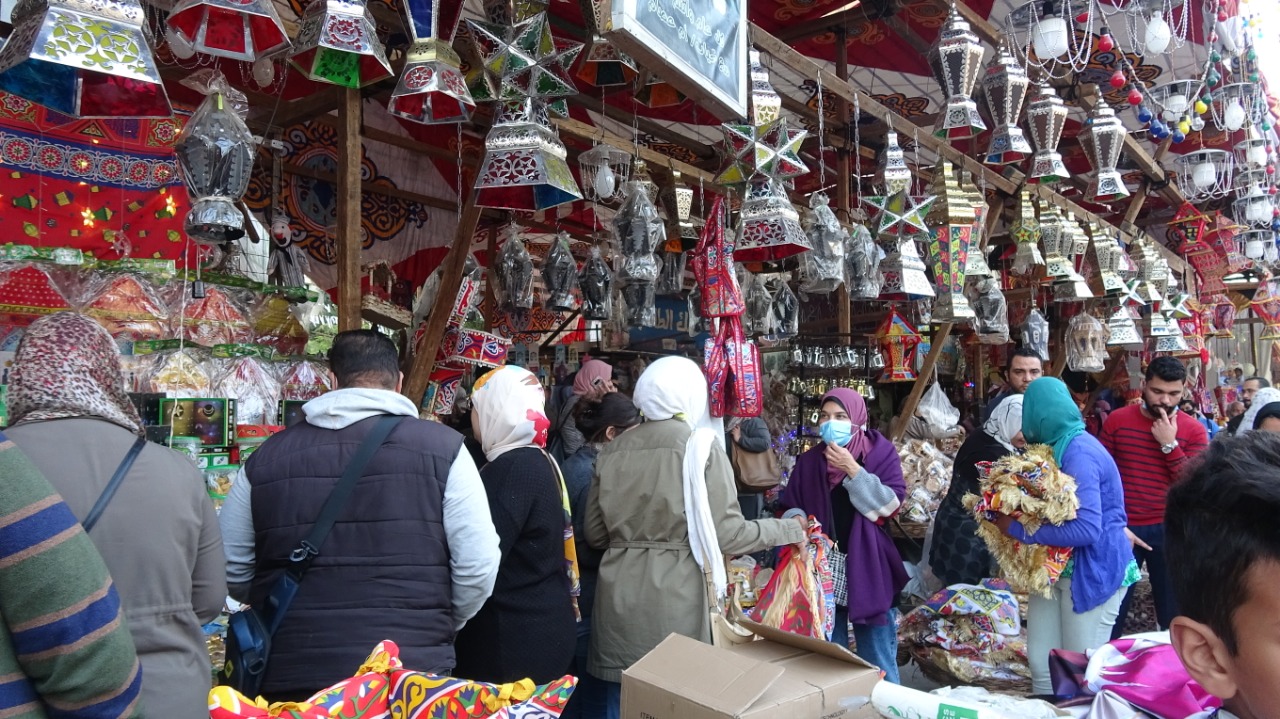Photography by Fatima Badr
The month of Ramadan in Egypt is distinguished by many things, unique features that are different from practices found elsewhere in the world.
The most important of these is the Ramadan lantern, called ”fannoos” in Arabic, which families are keen to acquire and use it to decorate houses, shops, and balconies.
In Islamic history, the idea of the “Ramadan Lantern” dates back to the era of the Fatimid state. The Fatimid caliph used to go out at the night before Ramadan along with children, each of them carrying a lantern to light the way as they sang in celebration for the holy month.
In another story, one of the Fatimid caliphs ordered the lighting of mosques throughout the month of Ramadan with lanterns and candles.
It is also said that lanterns were used by women when they go to mosques for prayer, so that the passers-by could notice that there are women on the road, and give them right of way.
The lantern was also associated with the “Mesaharaty” (wake-up drummer). It is a tradition of Ramadan alive for centuries of beating drums in the wee hours of the morning to wake up residents for their “suhoor” meal, (the last evening meal before fasting). At that time, the Mesaharaty walked the streets with a young child carrying a lantern.



















